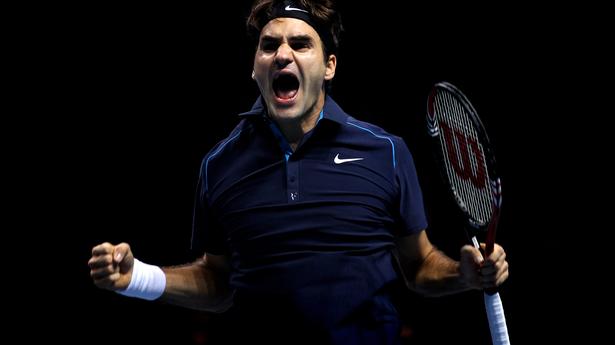Is Roger Federer the best? And, would he have been a lesser or greater player without Nadal and Djokovic?
The thing about Roger Federer is this: my Federer is different from yours, despite obvious overlaps. This is true not just of great sportsmen, but great artists and musicians too. The matches and statistics are just a Google search away; the emotional connect to each follower is unique.
There are only two questions to be answered about Federer. Is he the greatest of all time? And, would he have been a lesser or greater player without the accident of playing in the same era as Rafael Nadal and Novak Djokovic, each a contributor to the legend of the other two?
Let’s settle the ‘greatest’ argument first. The requirements are simple enough. On the measurable scale, an all-round game, record, consistency, longevity. On the incalculable, aesthetics, conduct, ability to inspire and be the face of the game, respect for the sport but with a healthy perspective about its place in the scheme of things. You can add more. In the end, the judgement is subjective.
Slamming records
Federer and Nadal have played each other in 9 Grand Slam finals, a record also shared by Djokovic and Nadal
Only two players to win at least 100 matches at a single Grand Slam — Federer, at the Australian Open (102) and Wimbledon (105), and Nadal at the French Open (112)
No player has won more matches at Majors than Federer at 369
Starting from his main draw debut at the 1999 French Open, the Swiss appeared in 81 Slams — a record he shares with Spaniard Feliciano Lopez
Federer reached the finals of all four Grand Slam tournaments in a single year thrice — 2006, 2007 and 2009 — a feat unmatched
Most number of appearances in Grand Slam semifinals (46) and quarterfinals (58)
* All records are for men in the Open era (from 1968)
Sport has no call to be beautiful, but the greatest must reveal its beauty, sometimes to the extent that the score itself becomes irrelevant.
Federer’s backhand, his inside-out forehand are things of beauty deserving museum space next to a Beethoven composition or a Monet painting.
He enhanced our ability to appreciate grace on the sports field.
Real and artificial intimacy
Federer stands alongside Pele, Muhammad Ali, Michael Jordan, Garry Sobers — the greatest of all time who not only taught us about the grandeur of sport, but helped us understand ourselves better. We measured our lives in the heat and cold of their performances, and when they retired, a part of us died. Their stories became part of our story, and thanks to the romance of the moving image on our screens, we felt a part of their lives too. This intimacy is both artificial and very real.
When I was a young boy fantasising about playing cricket for India, I often dreamed that when fast bowlers like Jeff Thomson bowled, the ball would miraculously slow down giving me enough time to choose where I would hit it. For everybody else, the ball travelled at the right pace. If I could somehow slow down time at my end of the wicket!
Years later, I realised Federer had turned my dream into reality for himself. The tennis ball seemed to obey a command from him that caused it to hang in the air a split second longer than it ought to. It waited till Federer had caught up with it — which with his natural speed and ball sense he did without indicating that a law of nature had been breached.
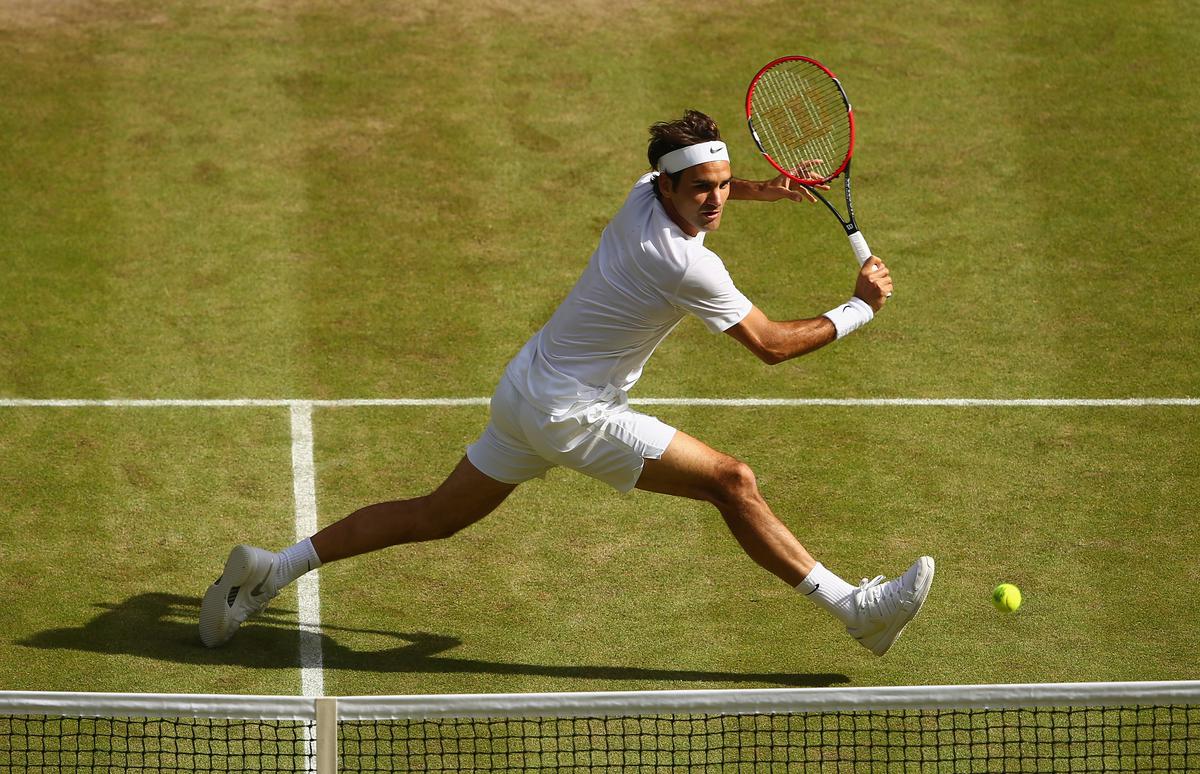
Federer plays a backhand against Andy Murray, Wimbledon 2015.
| Photo Credit: Getty Images
The tennis ball moves at incredible speed — television merely hints at it without quite capturing it — and Federer himself was once quoted as saying how surprised he was when he watched Stan Wawrinka from the stands at Wimbledon and realised how fast the ball travelled. On the court, he explained, you only see the ball, not its speed.
When someone like Hubert Hurkacz (an important footnote to the Federer story) serves at 243 kmph from his six-foot-five-inch frame, you have less time to react than it takes to blink. In that time, his opponent has to work out where the ball is going to land, reach it, decide on the shot, prepare to play it, and actually play. Put like that, tennis might seem like an impossible game.
But top players see ahead, to where the ball is likely to land and respond to that. The greater a player’s skill, the more quickly the eyes leave the flight path of the ball and settle on the landing spot, while simultaneously planning the response. Nadal does this with obvious physicality as does current World No.1 Carlos Alcaraz. Federer was always teasingly balletic, gliding towards the ball with the subtlety of the butler Jeeves who, Wodehouse told us, shimmered into a room without being seen entering it. Federer reached the ball with the same lack of fuss.
Not ‘boring’ like Sampras
It was said of Pete Sampras that he was so good his games became predictable and boring, and he sucked the joy out of the sport. This was unfair on a great player, and the fact that he was one ought not to have been held against him.
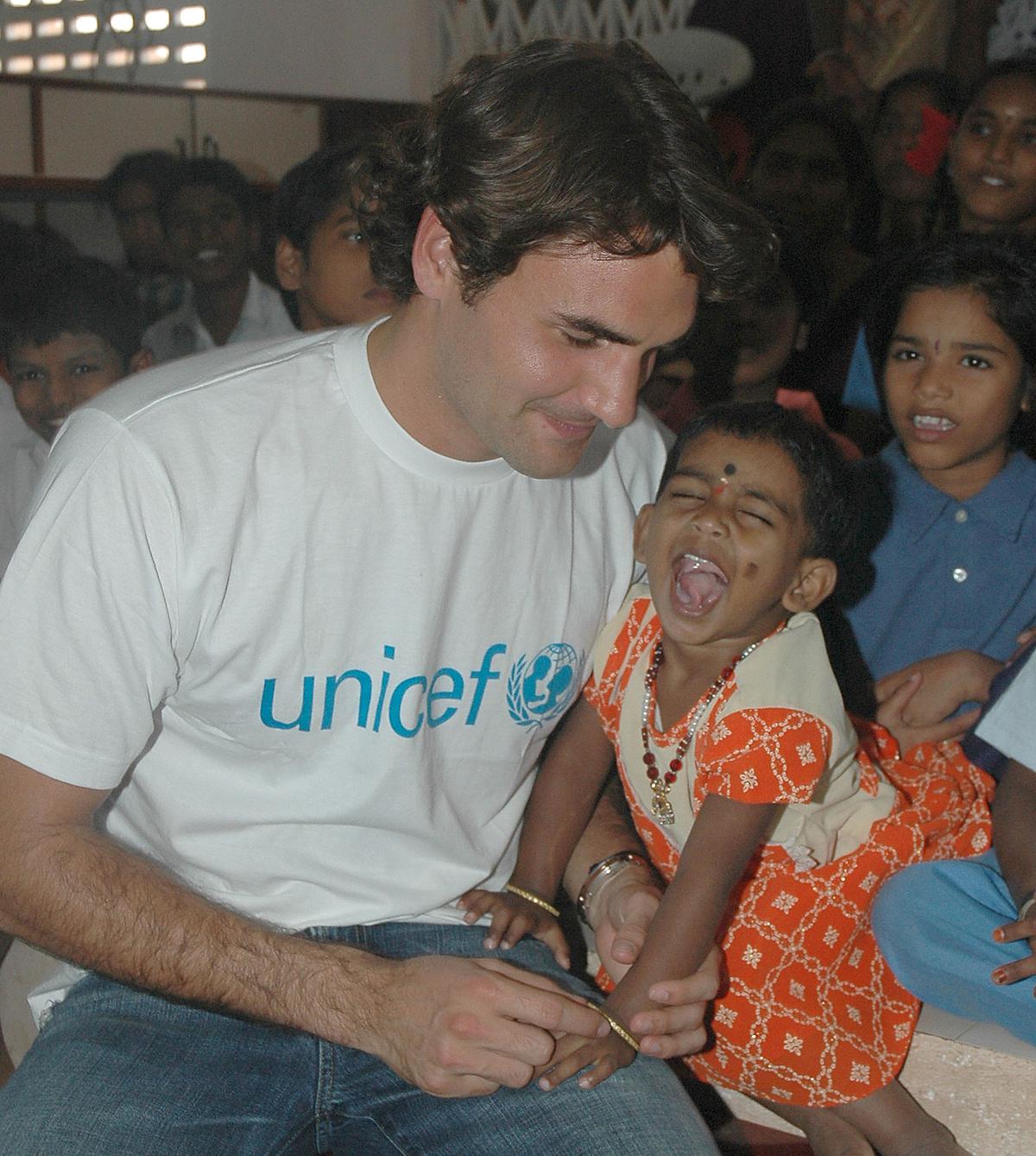
Roger Federer at an orphanage in tsunami-hit Cuddalore, December 2006.
| Photo Credit: R. Ragu
When FedEx stole young hearts
in Cuddalore
In December of 2006, Christmas came early for the young children of an orphanage in Tamil Nadu’s Cuddalore district when Roger Federer visited them as UNICEF’s goodwill ambassador on tsunami relief work. At the end of his 45-minute visit, the tennis ace seemed as much in awe as the young ones who had hardly an inkling of their high-profile visitor. “ Kids are the future. I inspire them and in turn they inspire me. I have made some really good friends here today. I spent quite some time with the children. I know what their names are, what they study,” he said. Widely known for his philanthropy today, Federer was only 25 and 9 Slams down at the time of his India visit. But his generosity of spirit knew no bounds even then. “I would rather step in early than late. I am in the prime of my career. I am making so much money and I realise how lucky I have been.” Besides donating undisclosed sums from his personal funds, Federer also auctioned autographed racquets to raise money for UNICEF’s relief effort at the time. — Team Magazine
There was no such complaint against Federer. There was poetry in every move, and even when he lost, there were enough moments in the game that raised it above the ordinary. He was, as David Foster Wallace said in his memorable essay (‘Roger Federer as Religious Experience’, 2006), “Mozart and Metallica at the same time, the harmony somehow exquisite.”
He seemed to breach other laws of nature too. Space shrank for him, an illusion created by his anticipation and mastery of angles. And he did everything with a smile. But if you thought he was an automaton, he reminded you he was human by breaking into tears on occasion. And by losing — as he did his final set at Wimbledon 0-6 to Hurkacz. It was the equivalent of Muhammad Ali losing his final bout to the Canadian Trevor Berbick, another footnote in someone else’s career.
One of his biographers pointed out that Federer never retired from any of his 1,526 career singles matches (or 223 doubles) through injury or illness. Federer’s tennis was not just pretty, it was gritty, he concluded. He is, to add to that, the personification of ‘grace’ in all its meanings: elegant, refined, beautiful, charming, decent, dignified, blessed.
And so to our second question. A great player needs a great rival to realise his full potential, to feel complete. Ali had Frazier. Martina Navratilova had Chris Evert. McEnroe had Borg. Federer was lucky. He had two great rivals of near-equal strength, Djokovic and Nadal.
When Andre Agassi returned to the game after a break, Sampras sent him a note expressing relief. After Borg quit, McEnroe was quoted as saying, “There was a void. I always felt it was up to me to manufacture my own intensity thereafter.”
The immeasurable
Federer showed the way to 20 Grand Slam titles without losing any intensity; Djokovic (21) and Nadal (22) took it further. India’s Davis Cupper Mahesh Bhupathi says that ends the argument: the one with the most titles is the greatest. This ignores the immeasurable.
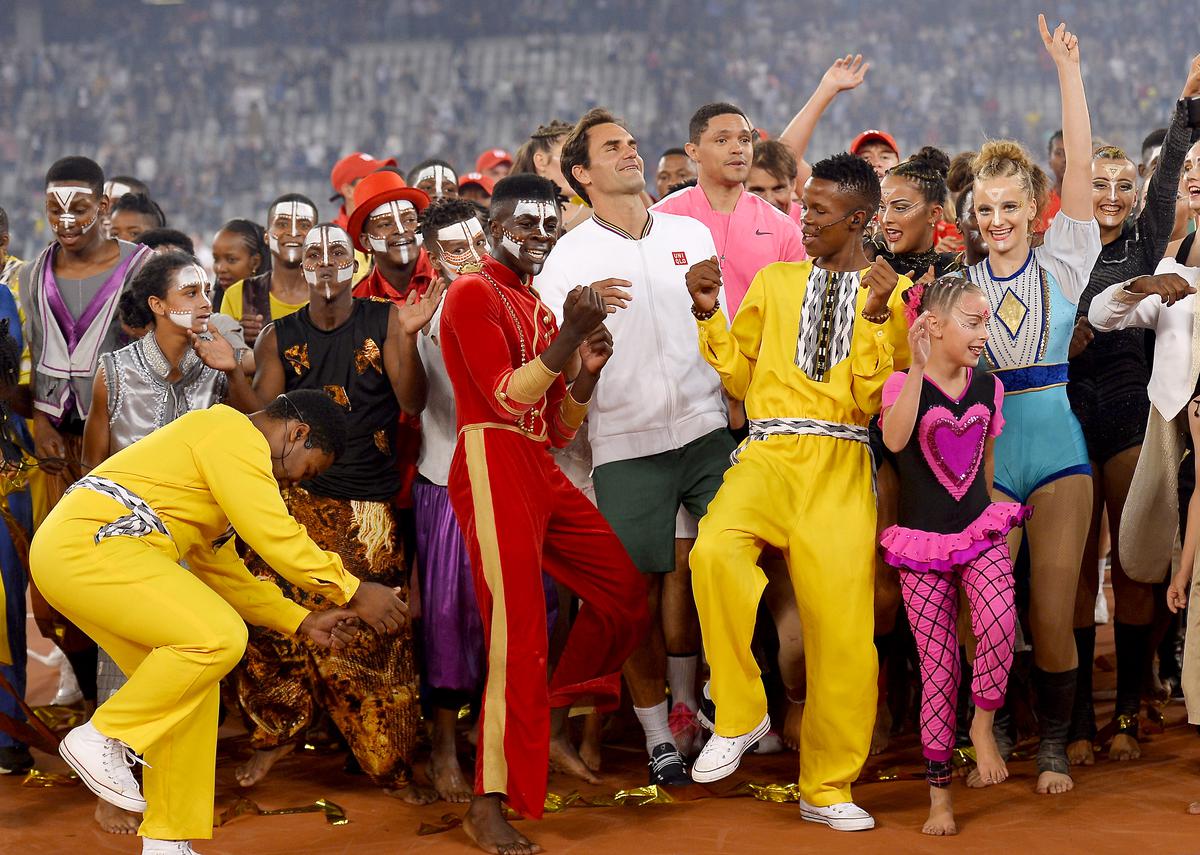
Roger Federer at the Cape Town ‘Match for Africa’ series in February 2020.
| Photo Credit: Getty Images
Without Nadal’s presence, Federer would have most certainly won more French Open titles than his single one in 2009. And surely some of Djokovic’s 21 titles would have gone to Federer too had the Serbian played a generation earlier or later. But tennis itself would have been the poorer. And of course the same argument could be made for the others too.
Nadal has been characterised as a grinder, a remorseless chaser-down of every point, a presence that is the anti-thesis of Federer: left-handed, physical, clay-court king, full of tics and mannerisms before serving where Federer was quick to it, double-handed backhand. Federer went for winners where Nadal retrieved everything and ground the opponent.
Djokovic has some of Federer’s positivity and some of Nadal’s retrieving power, and a frightening level of fitness. But he would be the third among the trio, although an equally impressive case can be made for each of the three to be the No.1.
Statistically, Federer is behind in head-to-head meetings. Against Nadal, he has won 16 matches and lost 24; against Djokovic, it is 23 won and 27 lost. Interestingly, Federer lost two of the finest matches he played: the Wimbledon finals, to Nadal in 2008 and to Djokovic in 2019.
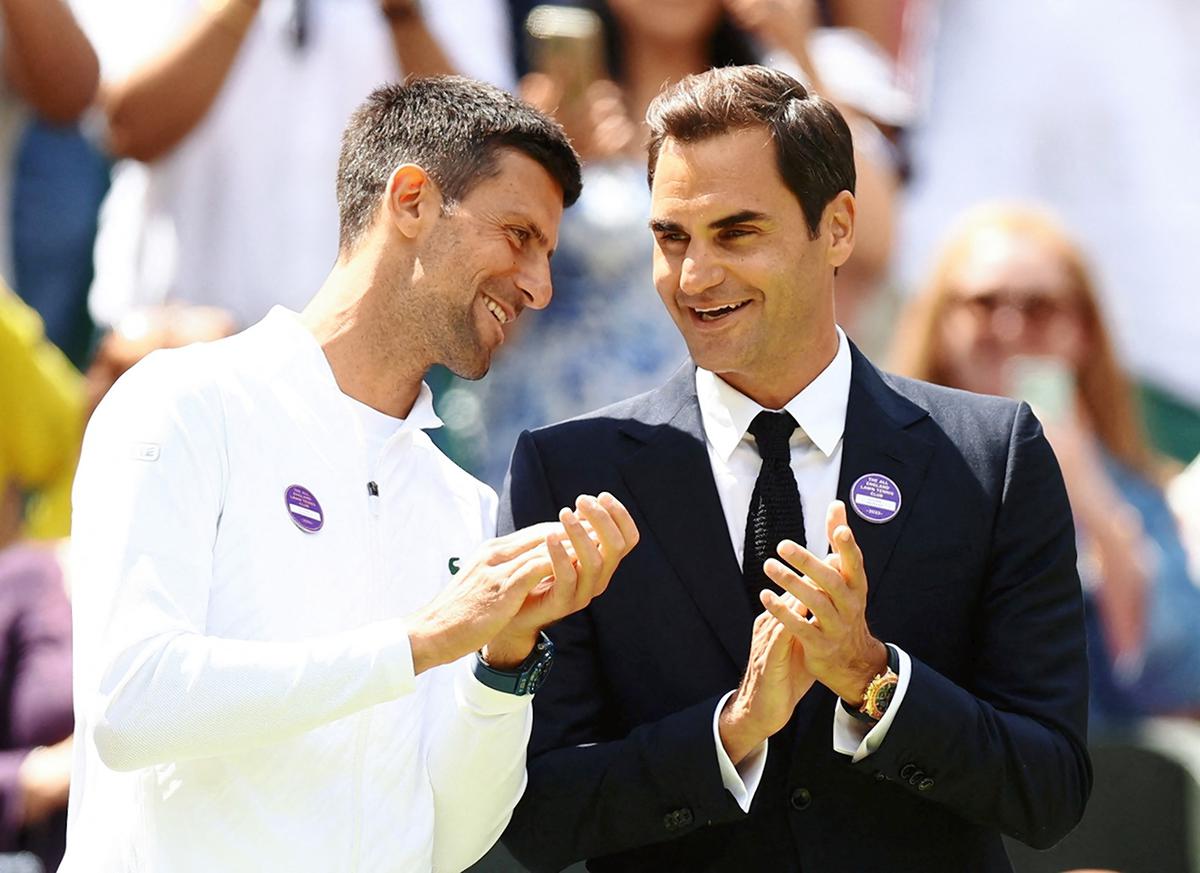
Novak Djokovic (L) and Roger Federer during Centre Court Centenary celebrations at this year’s Wimbledon.
| Photo Credit: Reuters
Without one of the three, the titles may (or may not) have been split between the other two, but they pushed one another to find greater depths in themselves, to reach for those elements that might have remained unexplored otherwise.
Another way of looking at it is this: without Federer, the other two might have been lesser players, but without the other two, Federer would have remained the same. The greatest of all time is not competing with others, he is competing with himself at all times.
For much of my growing years, Rod Laver was seen as the greatest. He ticked the boxes in the section named ‘Incalculable’ too, something that was confirmed when I first met him. He was, as former India Davis Cup captain Vijay Amritraj told me, the first left-hander to hit the backhand rather than slice it. Generations of two-handed backhands followed till Federer came along and showed afresh the efficacy of the single-handed version. The circle was complete.
The badminton champion Erland Kops once said that for a champion there is no home ground. For Federer, wherever he played was home ground.
In the end, rankings don’t matter, trophies don’t count. Probably. “We did beautiful things together”, said Nadal of the Big Three, “and important things for the sport”. Every player who took on Federer is entitled to saying that even if he was a mere journeyman. For Federer was nothing less than Federer, the Greatest of All time, and every match he played endorsed that.
The writer’s latest book is ‘Why Don’t You Write Something I Might Read?’
Global icons react to Federer’s retirement
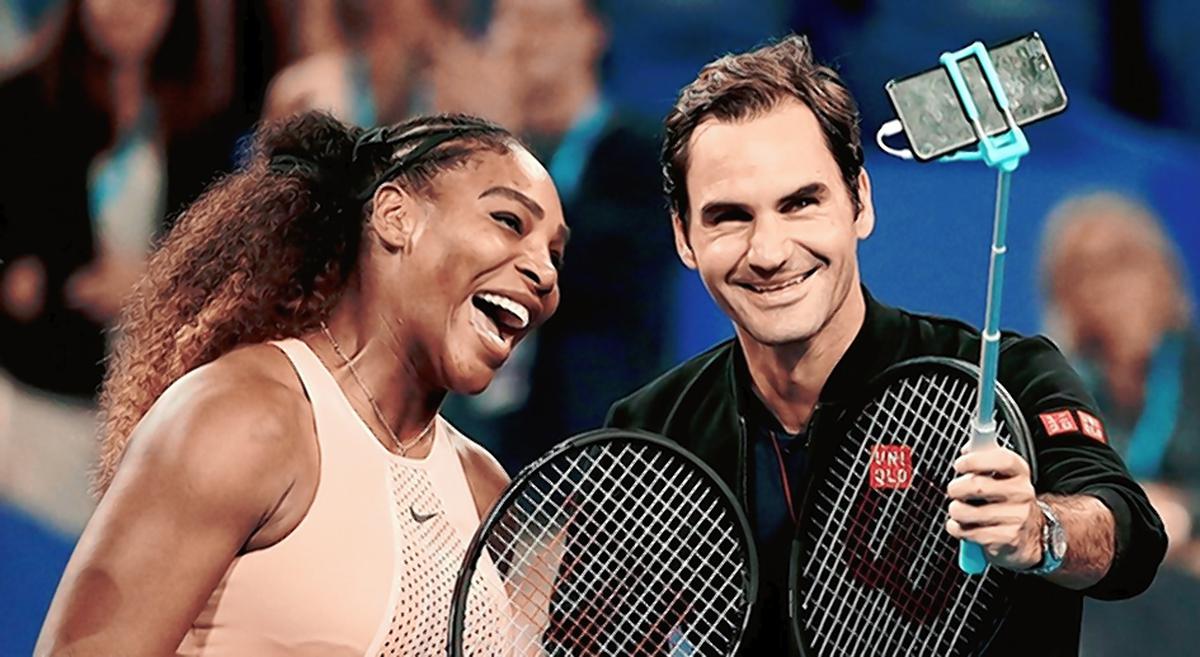
Our paths were always so similar, so much the same. You inspired millions and millions of people – including me… Welcome to the retirement club.
Serena Williams, 23-time Grand Slam winner

There was that incredible speed. There was the unreal work close to the net… But there was also, just as importantly, a kindness and a grace in the way he carried himself on the court and off.
Anna Wintour, Vogue editor-in-chief
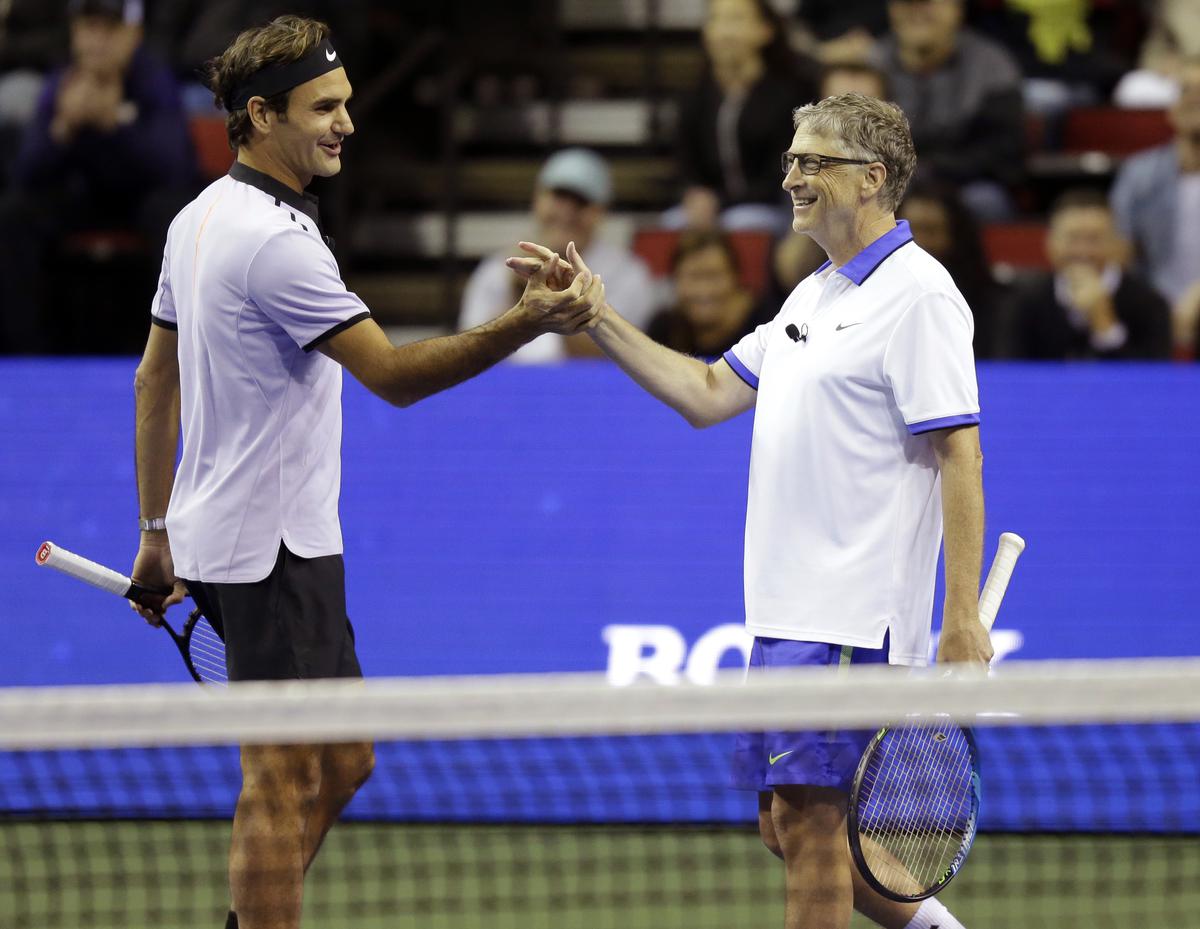
You’ve been an incredible friend to me and an inspiration to an entire generation of tennis players. I’m lucky to have seen you work your magic on the court many times.
Bill Gates, Microsoft co-founder
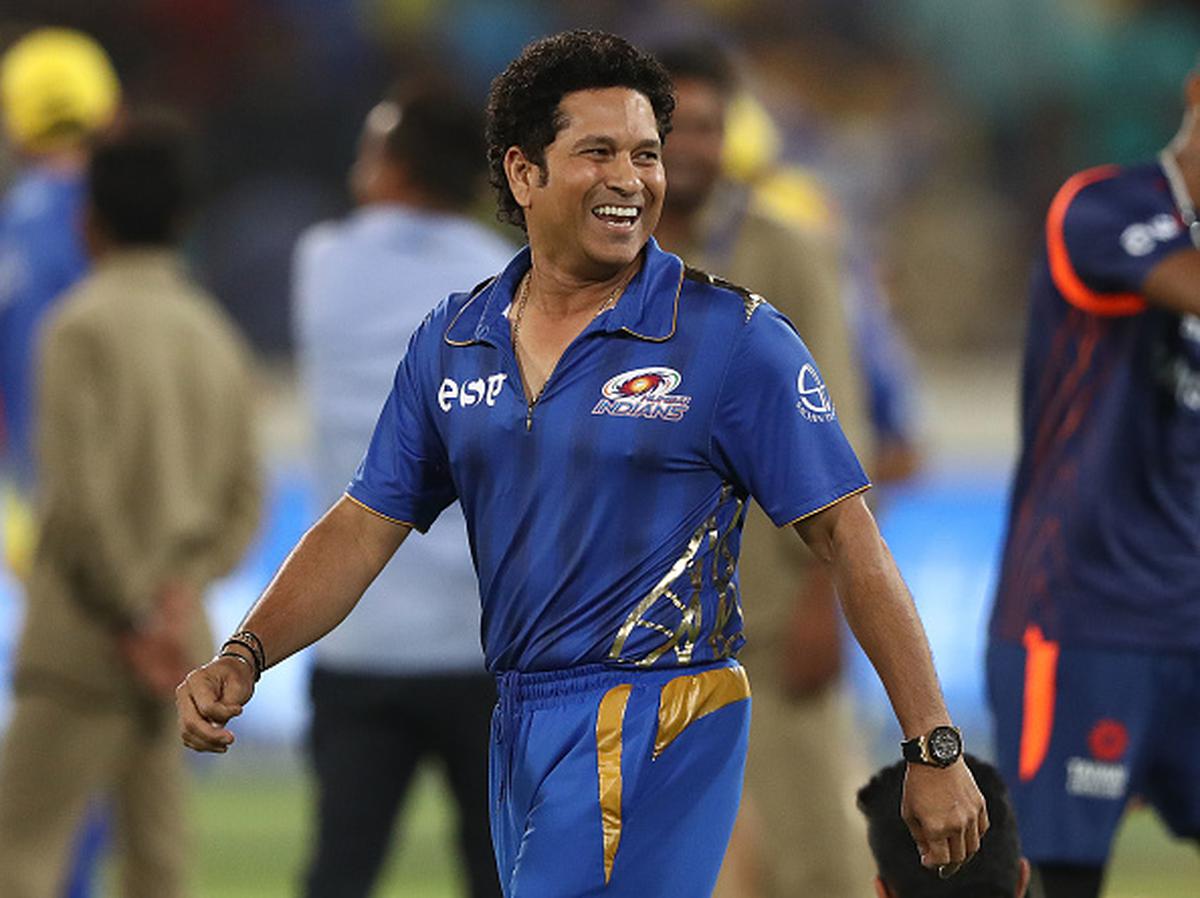
What a career, @rogerfederer. We fell in love with your brand of tennis. Slowly, your tennis became a habit. And habits never retire… Thank you for all the wonderful memories.
Sachin Tendulkar, cricketer
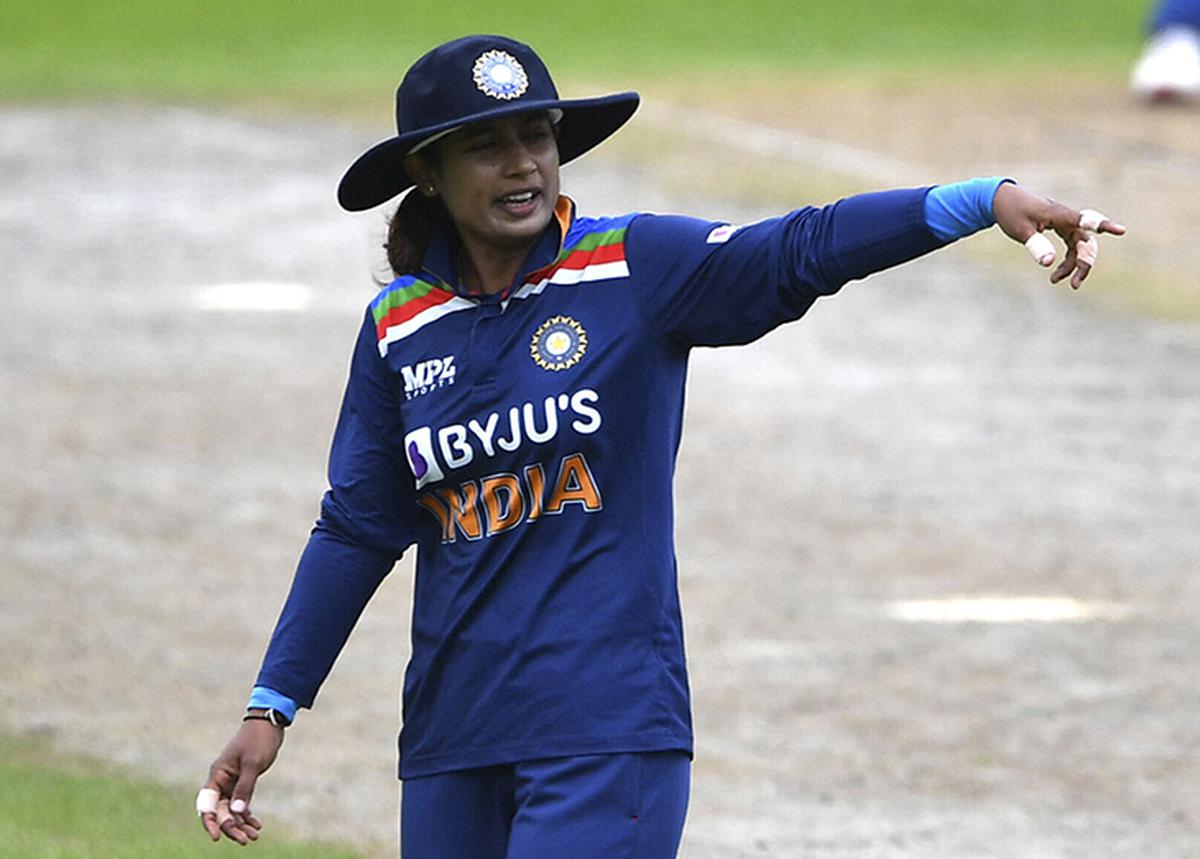
Grace and elegance personified, the title of GOAT suits you well @rogerfederer. Thank you for all the memories, champ.
Mithali Raj, cricketer
Sources: Twitter, Instagram
For all the latest Sports News Click Here

